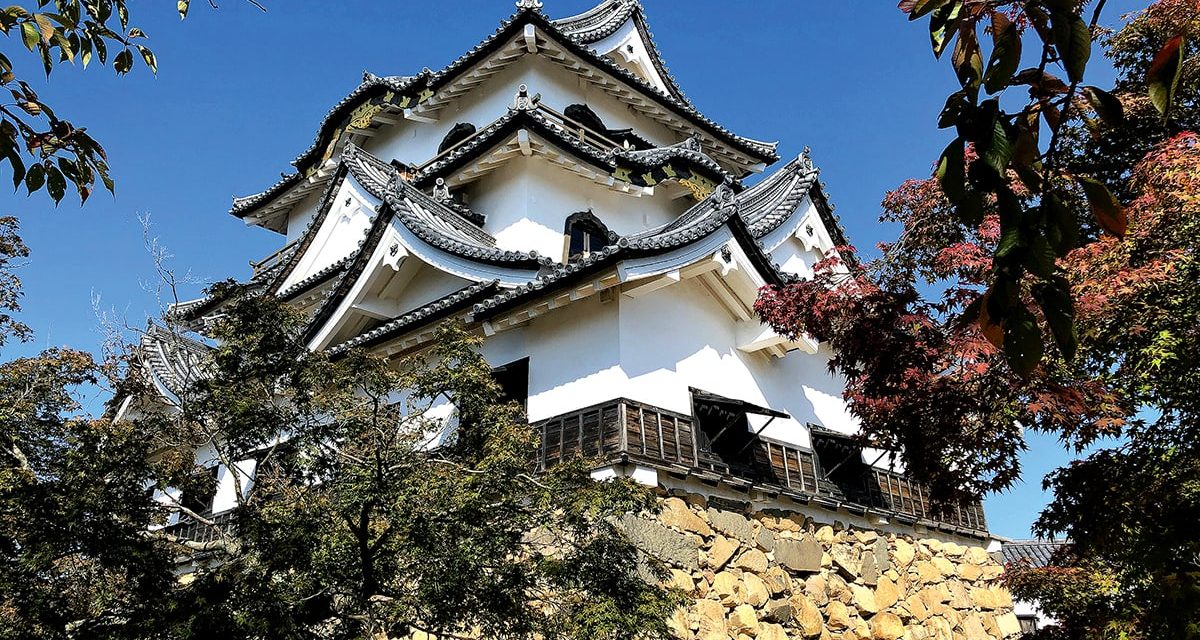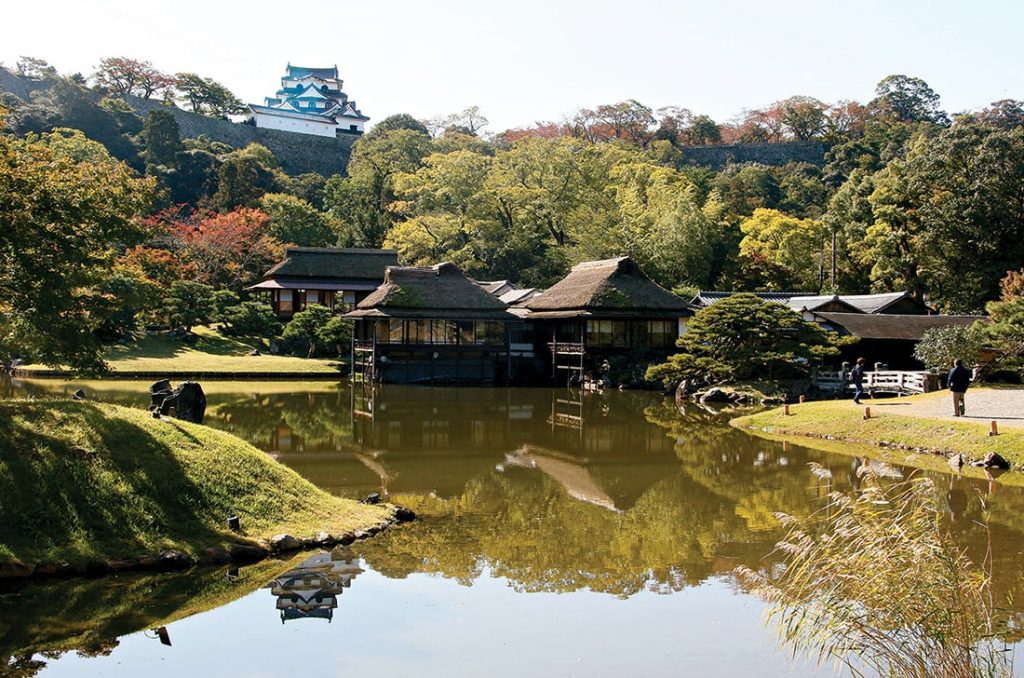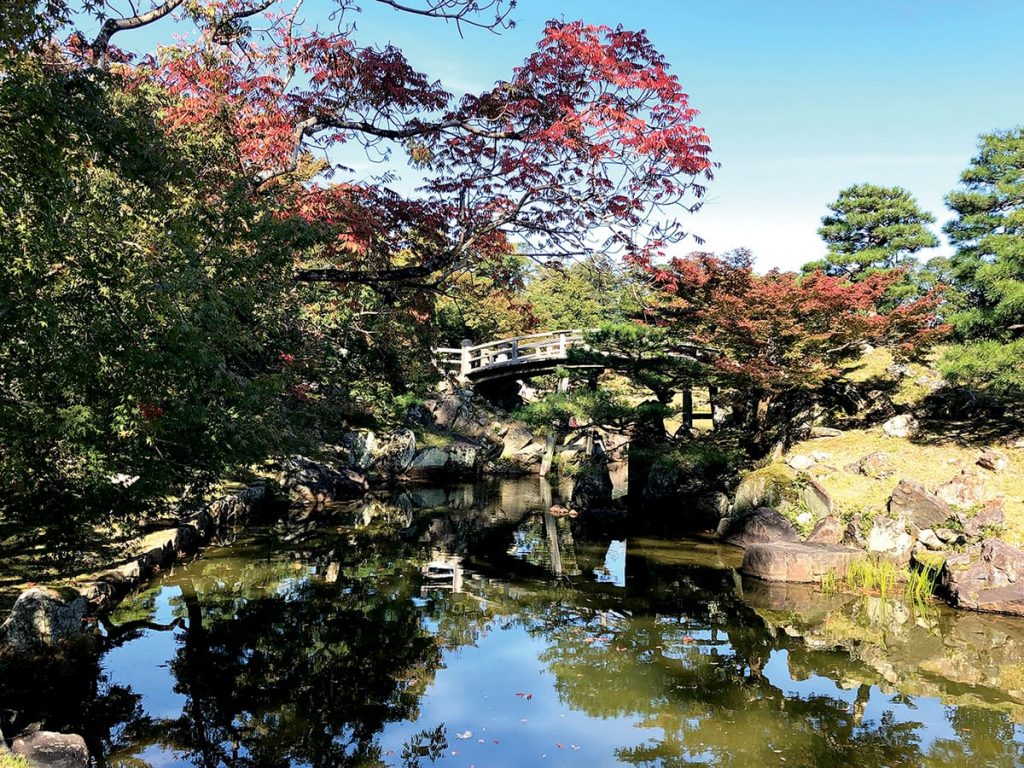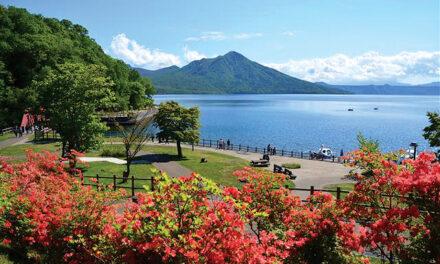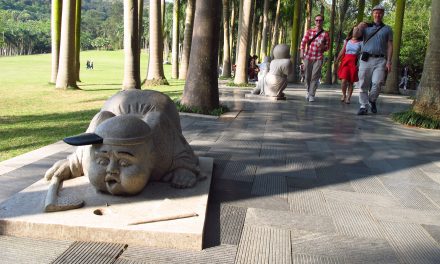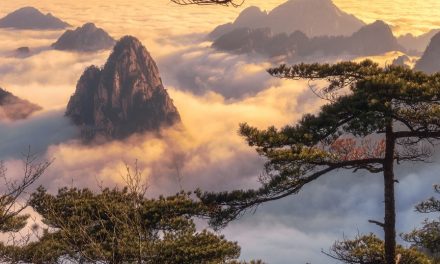Japan
Hikone Castle, Japan: Beyond Imagination
Article and photography by Steve Gillick
Hikone Castle is a stunning original structure dating to 1622. It was spared during the Meiji period when many of Japan’s castles were demolished and it’s only one of five castles that have been designated as National Treasures. After climbing the broad, stone-stepped hill on which the Castle sits, visitors can quickly appreciate the special nature of this place. A sign by the ‘Time-Keeping Bell’ notes that this is one of the “100 Selected Soundscapes of Japan”, based on the resonance of the bell, the songs of the Cicadas in the summer, and the chorus of crickets in Genkyu-en, the Castle garden. And surrounding the Castle hill are the Shiga Prefecture Mountains, with ancient Lake Biwa (the largest freshwater Lake in Japan) shining like a jewel down below.
We chose Hikone as a day trip on our journey from Kanazawa to Fukuoka. We used our Japan Rail Pass for the two hour Limited Express train to Maibara, and then switched to a local express train for the five minute trip to Hikone (not to be confused with Hakone, the famous Hot Spring (Onsen) town southwest of Tokyo). Any fear of getting lost was quickly dispelled by the prominent sign inside Hikone Station that portrayed a cartoon Samurai rabbit next to a large red arrow pointing to the exit, along with the caption “10 min. on foot to Hikone Castle”.
An easy walk through the city leads visitors to Irohamatsu, “the street of the 47 Pine Trees”, that passes alongside the Castle moat where Cormorants and Egrets compete for sunbathing spots. And after ascending a small hill, visitors come face-to-face with the spectacularly picturesque Castle Keep, or Donjon (the best defended and most prominent structure in a Castle, resembling a multi-storied lookout).
The main castle tower features a stark white exterior, complemented by decorative black tiles that outline a variety of curved and triangular gables and bell-shaped windows. Inside the tower, visitors ascend a series of steep, steep stairs to reach the viewing windows on the top level. The stairs were part of the Castle’s defensive strategy as it was difficult for an enemy, outfitted in bulky Samurai armour, to overwhelm the tower via the high, precipitous steps that could only be climbed on a one-enemy-at-a-time basis.
Eventually we descended the Castle’s sloping stone ramps to the base of the hill to see Raku-raku-en (literally “paradise”), the original 1679 residence of Li Naoki, the 4th Lord of Hikone. The zelcova wood structure was built around a beautiful, expansive garden (Genkyu-en) featuring a central pond with four small islands connected by bridges, as well as rock gardens, stone lanterns and a variety trees that include pine, maple and cherry. On days with sunny, clear skies, such as the November day of our visit, the Castle, perched on the hill above, is perfectly reflected in the garden pond below.
A visit to Hikone Castle makes for a fascinating side trip. It was far beyond what we had imagined.
www.japan.travel

